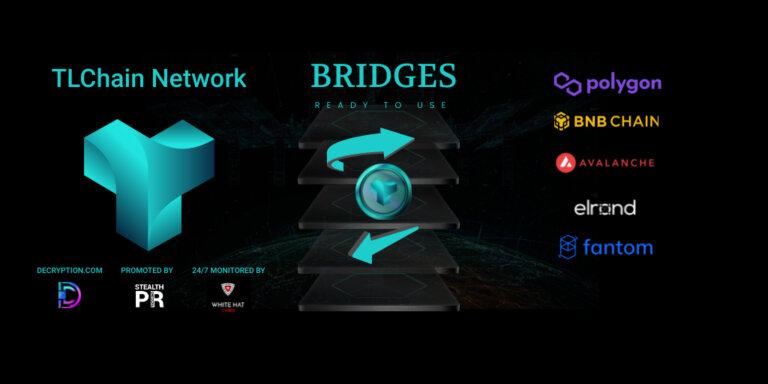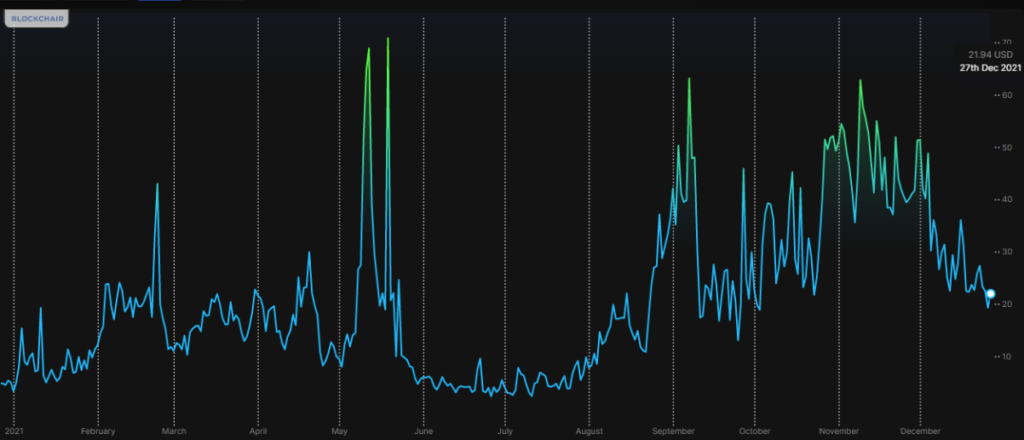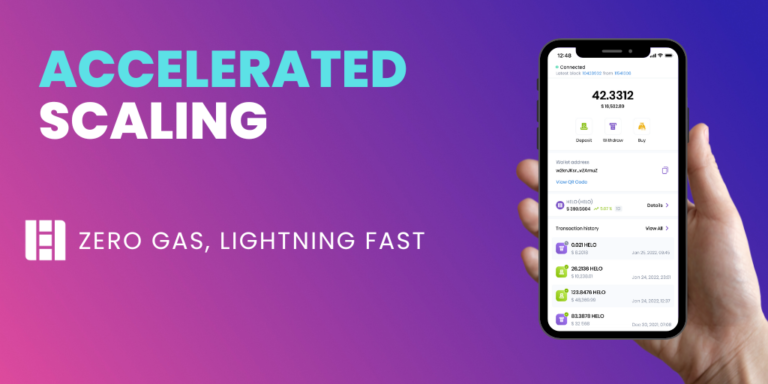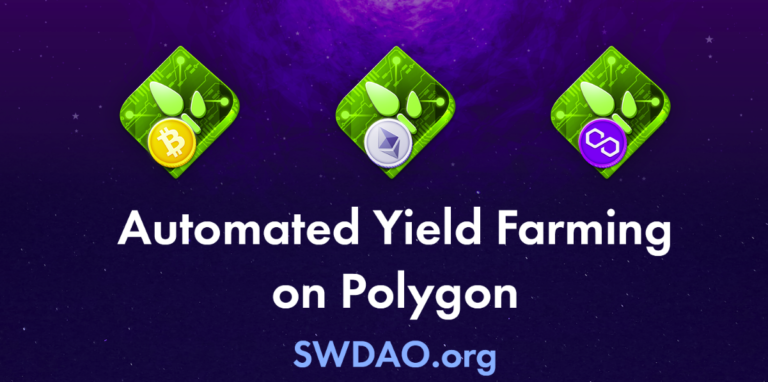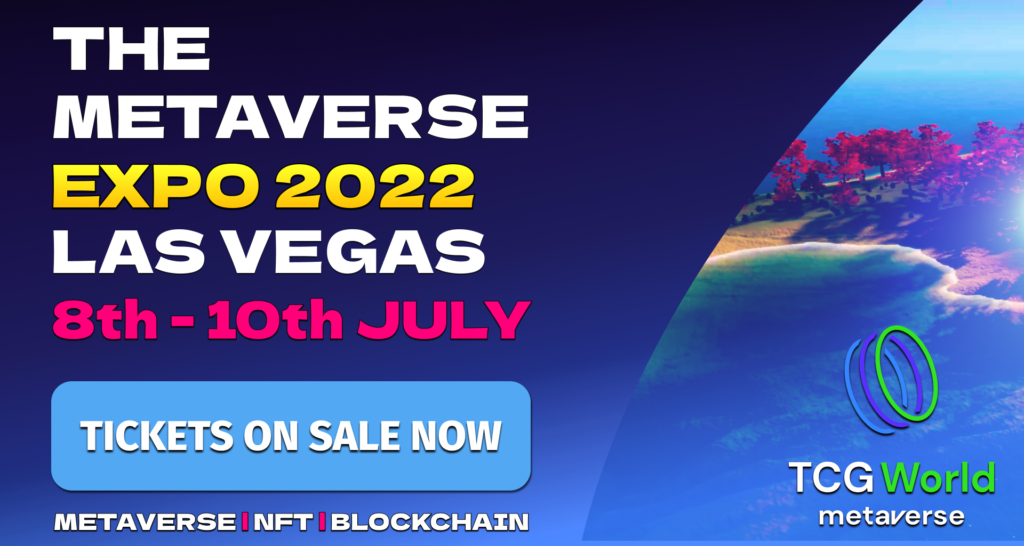Innovative features
The TLChain architecture is designed to support a high volume of transactions, not only for the financial services sector, but for the gaming industry as well, and its proprietary asset management capabilities enable cross-chain interoperability of multiple assets.
The system supports user-deployed smart contracts and third-party sidechains to interoperate with a wide variety of centralized and decentralized networks.
The TLChain Network supports Decryption-issued assets, including TLChain (TLC), which is acting as the only utility coin on the network and can be bought from platforms such as Uniswap, TraderJoe, QuickSwap, SpookyFi, Polycat, SushiSwap, and PancakeSwap.
‘’In order to go on the market, we wanted to complete all the work on the ecosystem before launching. As the market is down, I think it’s time for us to make our entry. We aim by the end of the year, to be surrounded by the top 10 existing global projects’’ said Samer Fatoum, CEO of Decryption Group.
Complex Ecosystem
Mint, Stake, Swap, Move, Build, Level up with Metaverse and NFT’s – a Full-Suite Decentralized and Multi-Chain DeFi Platform with a foundation built on TLChain. An entire ecosystem designed for the future. A home foundation for TLChain Network.
Furthermore, the portfolio now includes an official wallet (https://wallet.decryption.com) available in both the web version and extensions for Google Chrome and Mozilla Firefox, as well as the mobile apps to follow soon.
Solving future challenges
By the way, it is positioning itself on the market, TLChain is anticipated to become a foundational technology for the Gaming, Financial, Real Estate, and Government sectors.
Aside from the desire of different sectors to integrate blockchain into their processes, it is also crucial to build the necessary infrastructure to access the data. Therefore, Decryption has opened a 2,000-square-meter Blockchain Incubator in Bucharest, Romania. This country has a pool of world-class talent in the technology and blockchain sectors that will help on different aspects of the needs of different sectors. Located in Europe makes it much easier to access legislative changes at the European level, thereby allowing immediate adaptation and implementation of legislation.
For TLChain Network to become a leading global project, Decryption Group plans to aggressively penetrate the market and build up its supporter community.
About TLChain Network
3 Seconds Average Block Time, 100k+ Transactions per second (TPS) with just 40 nodes now, 100% Uptime, 24/7 Monitored by White Hat Cyber & Laceworks.
TLChain provides the tools you need for building fast, scalable, and secure distributed applications. TLChain is designed to be EVM-compatible.
About TLChain (TLC) Coin
Total Supply: 200,000,000 TLC
100,000,000 TLC locked into the blockchain
50,000,000 Exchanged against 50,000,000 TLLP to provide liquidity on Decryption DEX.
50,000,000 TLC are split between developer team, community reserve, marketing, ecosystem development and security bounty.
There was no ICO or other type of initial crowdfunding for TLC, rather it was sold through direct selling for a limited time to community members.
Total sales of 4,600,000 were made to retail customers, and 5,000,000 to various investment funds, for a total of 9,600,000 TLC.
About Decryption Group
As part of the Decryption Group, there are projects such as Decryption Blockchain Incubator, Decryption.com (DeFi Platform), Decryption Venture Capital, Decryption NFT Marketplace, Decryption Token Factory, Chamber of Digital Economy, and Restart.com, which will launch on July 8th.
Website: Decryption.com
FORWARD-LOOKING STATEMENTS
This press release may contain forward-looking statements. These statements may include, without limitation, any statements preceded by, followed by, or including words such as “target,” “believe,” “expect,” “aim,” “intend,” “may,” “anticipate,” “assume,” “budget,” “continue,” “estimate,” “future,” “objective,” “outlook,” “plan,” “potential,” “predict,” “project,” “will,” “can have,” “likely,” “should,” “would,” “could” and other words and terms of similar meaning or the negative thereof. Such forward-looking statements involve known and unknown risks, uncertainties, and other important factors beyond Decryption Group’s control.
Contacts & Useful Links
https://explorer.tlchain.network
https://github.com/TlChainNetwork
Official Email Address: [email protected]
Official Website Link: https://tlchain.network
Official Discord Discussion Group (English): https://discord.gg/tlchain
Official Telegram Ann Channel: https://t.me/tlchain
Official Subreddit: https://www.reddit.com/r/tlchain/
Official Twitter: https://twitter.com/tlchainnetwork
Media:
Stealth PR Group
+1 920-880-0453

